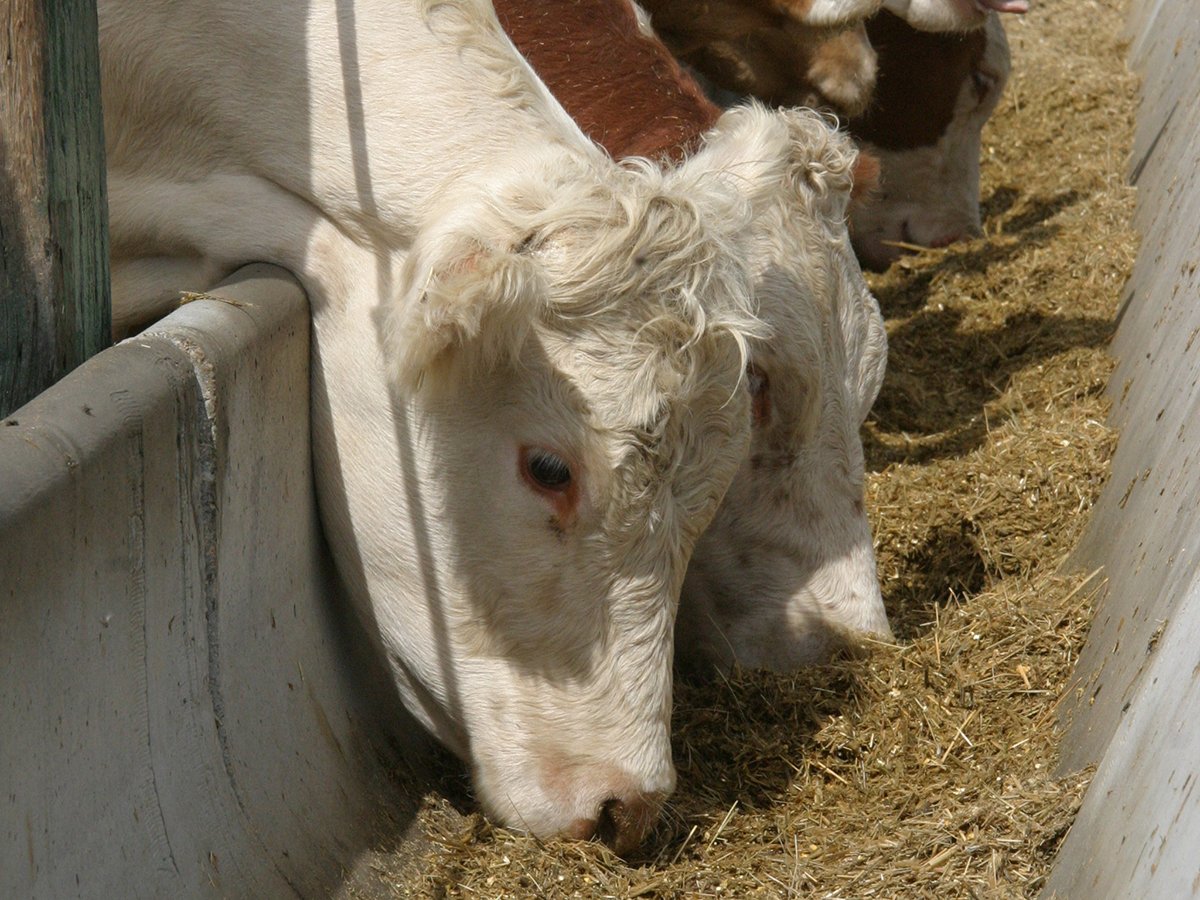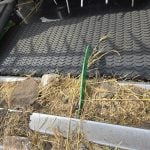BANFF, Alta. — A disease surveillance system is generating useful information for the Canadian hog industry but demands greater participation from veterinarians, says Chris Byra, the network’s manager.
The Canadian Swine Health Intelligence Network has established a system that allows veterinarians who visit hog farms and work with producers to enter information into a database.
The system records the health issue, diagnosis, whether tests were sent to a laboratory and the results.
Information is collected and used to produce reports that are distributed to practitioners. Resulting data shows disease trends, emerging threats and the efficiency of vaccinations.
Read Also

Alberta cattle loan guarantee program gets 50 per cent increase
Alberta government comes to aid of beef industry with 50 per cent increase to loan guarantee program to help producers.
“Our goal is that 100 percent of the farmers that produce pigs have a veterinarian who knows what is happening in the country,” Byra told the Banff Pork Seminar.
CSHIN was established in 2012 after the Canadian Swine Health Board identified surveillance gaps in the Canadian hog industry.
Byra said every practitioner working with swine in Canada has now been notified of the data entry system.
“Right now all the focus is on PED, but every few years there seems to be a new one,” said Byra. “We’re really developing a system to go forward and always be on the lookout.”
Fifteen veterinary practices are participating in the program, which accounts for 32 veterinarians, or half of the practitioners working with hogs. Byra said it represents 40 percent of production.
The system receives 75 to 80 submissions a week from British Columbia, Alberta, Saskatchewan, Manitoba, Ontario, Quebec and Prince Edward Island.
“We do have to increase our participation,” said Byra.
Information that has been collected shows a recent increase in porcine circovirus in Western Canada, where participation by veterinarians is greater, he said.
“This (increase) is in spite of vaccination, and we know the vaccines work,” he said.
Identifying the problem has allowed officials to ask questions and identify problems with vaccine application.
“We’re finding that people cut down on doses,” he said.
The development of systems that would allow data entry over phones or tablets or through voice recordings may help encourage use.
Practitioners already receive a nominal sum of money for each entry.














